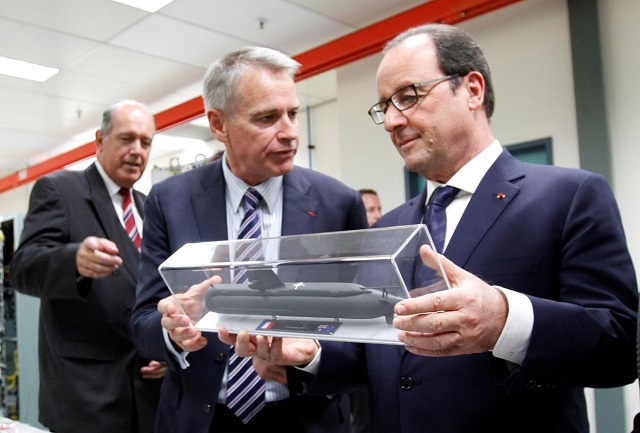From left to right: SMX OCEAN by DCNS, A26 by SAAB, So-ryu- class SSK of the JMSDF and Type 216 by TKMS. |
|||
An
open tender soon? Several media reported in September that Australia had already selected a Japanese solution. It is now clear that these early reports were not accurate and there is now a growing likelyhood that the Australian government will launch an open selection process. The tender however would probably not be launched until the next Australia's Defence White Paper is published (due in mid-2015). Contenders: According to the Australian Financial Review, DCNS is already in discussions with ASC (the builder of the Collins cass SSK) for a possible local construction of the future submarines. The other likely contenders to take part in the australian tender for the Collins class replacement are: » The So-ryu- class from Japan: It is an existing design (first ship of the class launched in 2009) with a surfaced displacement of 2900 tonnes and a length of 84 meters. » The Type 216 from TKMS (Germany): It is a concept with a surfaced displacement of 4000 tonnes and a length of 90 meters. » The Kockums A26 from Saab (Sweden): It is a concept with a surfaced displacement of 1900 tonnes and a length of 63 meters. |
|||
DCNS opens a subsidiary in Australia to better market its SMX OCEAN SSK for the RAN
- Posted On















